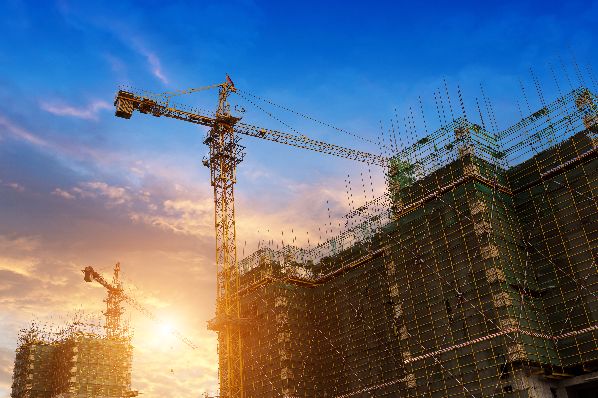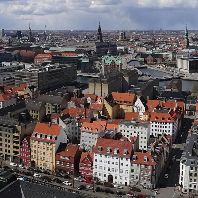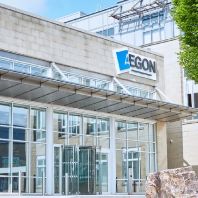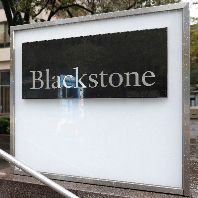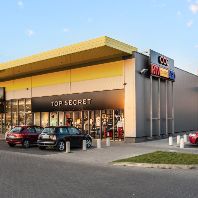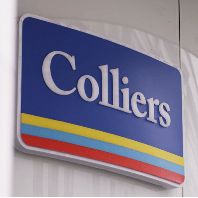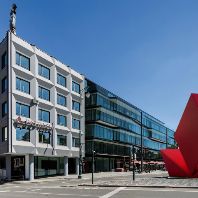The global shopping centre pipeline continues to increase from 39 million m² in 2014 to 41.9 million in 2015 with Asian cities dominating nine out of the top 10 most active global markets, according to CBRE.
The report, measuring shopping centre development in 168 major cities, highlights that China remains the most active market in term of delivery of news space, accounting for two thirds of construction globally. Cities such as Chongqing, Shenzhen, Chengdu and Shanghai all have over 3 million m² of space under construction in over 30 projects in each city.
Emerging markets such as Manila, Moscow, Mexico City and Bangalore remain highly active, however activity in the emerging eastern European markets such as Russia have slowed due to economic and political uncertainty.
Across the board, global shopping centre completions have started to slow as parts of the global retail market experiences an imbalance between significant supply and demand. Globally 10.7 million m² of new space opened in 2015, down from 12.1 million m² in 2014. Development activity in Europe continues to be slow in comparison to Asia – only a quarter of cities surveyed in EMEA saw the completion of a new centre last year, and the levels of completions slowed down from 2.6 million to 1.6 million. EMEA accounted for 15% of total completions globally in 2015 with the vast majority of space being built in Russian cities.
Moscow is once again the only market outside of Asia that appears in the top 10 of global shopping centre completions. In 2015, 404,392m² of space in seven centres completed in Moscow. Amongst the schemes completed, Columbus (135,000m² GLA) and Kuntsevo Plaza (68,000m² GLA) opened in 2015. It’s likely that 2014 and 2015 are set to be the most active years for the Russia pipeline and securing finance in 2016 will be a challenge. As a result the pipeline is expected to slow going forward.
The Middle Eastern retail market remains an attractive proposition for international retailers. As such, the UAE’s development pipeline is significant with a number of major centres set for delivery over the next three years. This includes Nakheel’s Palm Mall in Dubai which compromises around 111,000m² of GLA and is expected to complete in 2018, and The Point which has a total GLA of 48,000m² and is due to open in 2017. Doha is witnessing a transformation of its retail sector amidst an ongoing construction boom which could see around 1.2 million m² GLA delivered over the next three years alone in advance of the Qatar World Cup 2022.
Natasha Patel, director, EMEA retail research, CBRE commented: “Shopping centre development remains active across Asia, however the notable change this year is the slowing in the number of completions, in many cases in markets where there are high levels of construction already and weakening demand, landlords are becoming exposed to oversupply. Now landlord’s operational expertise will come to the fore as they attempt to enhance footfall through experiential retailing, food and beverage and leisure.
“In Western Europe and the US, a lack of quality space continues to be an issue. Extensions, refurbishments and repositions of existing assets continue to be the focus in western Europe in a bid to continue to attract key brands and consumers alike. Access to good quality space will also remain a challenge in many markets and will prompt retailers to consider alternative retail formats with high foot traffic such as transport hubs.”
Olesya Dzuba, director, strategic analysis and planning department CBRE in Russia said: “Completions volume in Moscow will decline significantly from 2016 onwards. This is driven by unavailable and expensive financing and relatively low retailer demand on the back of declined consumer purchasing power. We expect six shopping centres of 350,000m² GLA to be completed this year. New shopping centres launching with occupancy ratio of 30-40% on average, so increase the market vacancy rate significantly. Lowered completion volume will positively affect the market, we expect the vacancy rate to decline to 7-8% by the end of 2017 from 11% expected in 2016.”
